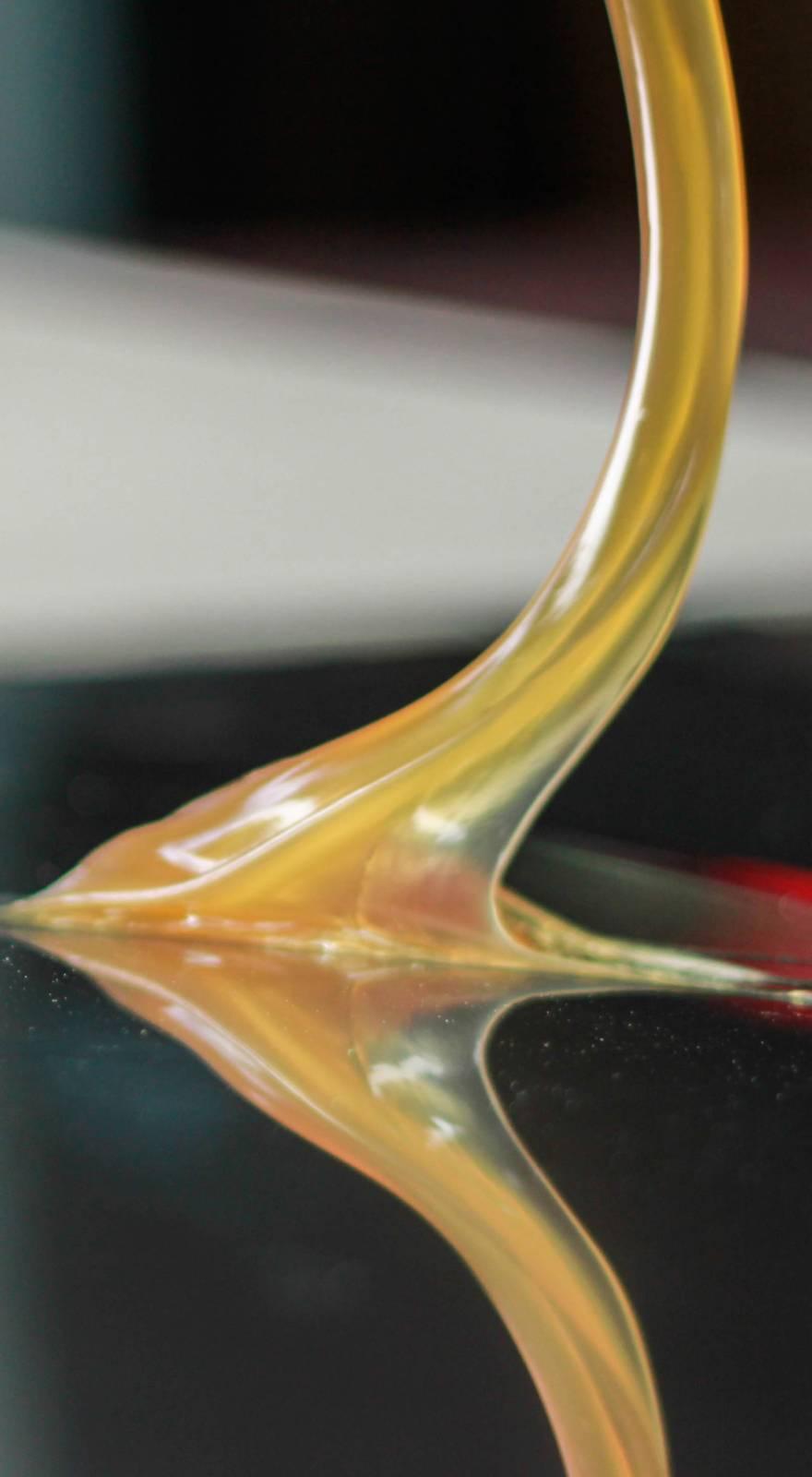Knowde Enhanced TDS
Identification & Functionality
- CASE Ingredients Functions
- Technologies
- Product Families
Features & Benefits
- CASE Ingredients Features
Applications & Uses
- Applications
- Applications
This formula is specifically designed for a wide spectrum protection of both hot-melt polymer systems and polymer solutions. It can be used with adhesives, pressure sensitive adhesives, coatings, injection molding and extrusions.
Properties
- Typical Properties
| Value | Units | Test Method / Conditions | |
| Total Solids | 99±1 | % | — |
Packaging & Availability
- Packaging Type
- Packaging and Storing
Packaging
The product is supplied in fiber drums (50 kg).
Storing
Store the product at room temperature, protected from direct sunlight and humidity. Use within 24 months from production date (unopened and in the original packaging).
Storage & Handling
- Shelf Life
- 24 Months
- Handling
For HOT-MELT adhesives ANTIOX AHM-EC PELLETS is very efficient at the following concentrations :
- Thermoplastic rubbers, like SIS, SBS: 1.2-1.5% on rubber content.
- Ethylene-vinylacetate: 0.3-0.5% on EVA content.
- Thermoplastic polyurethanes: 0.2-0.4% on PU content.
- Polyamides: 0.5-1.0% on PA content.
For SOLVENT BASED adhesives ANTIOX AHM-EC PELLETS is very efficient at the following concentrations :- Natural rubber, SBR, chloroprene rubber, polyisoprene, butyl rubber: 0.25-0.5% on dry content.
ANTIOX AHM-EC PELLETS can be introduced directly into the compound, together with other recipe ingredients, or predispersed into one of them or dissolved (if it is a solvent). In the hot-melt continuos system (by extrusion process) it is advisable that a liquid component (like liquid rosin esters or naphtalic oil, etc.) is used to give some tack to the surface of granules, in order to achieve an even distribution over the total mass.

